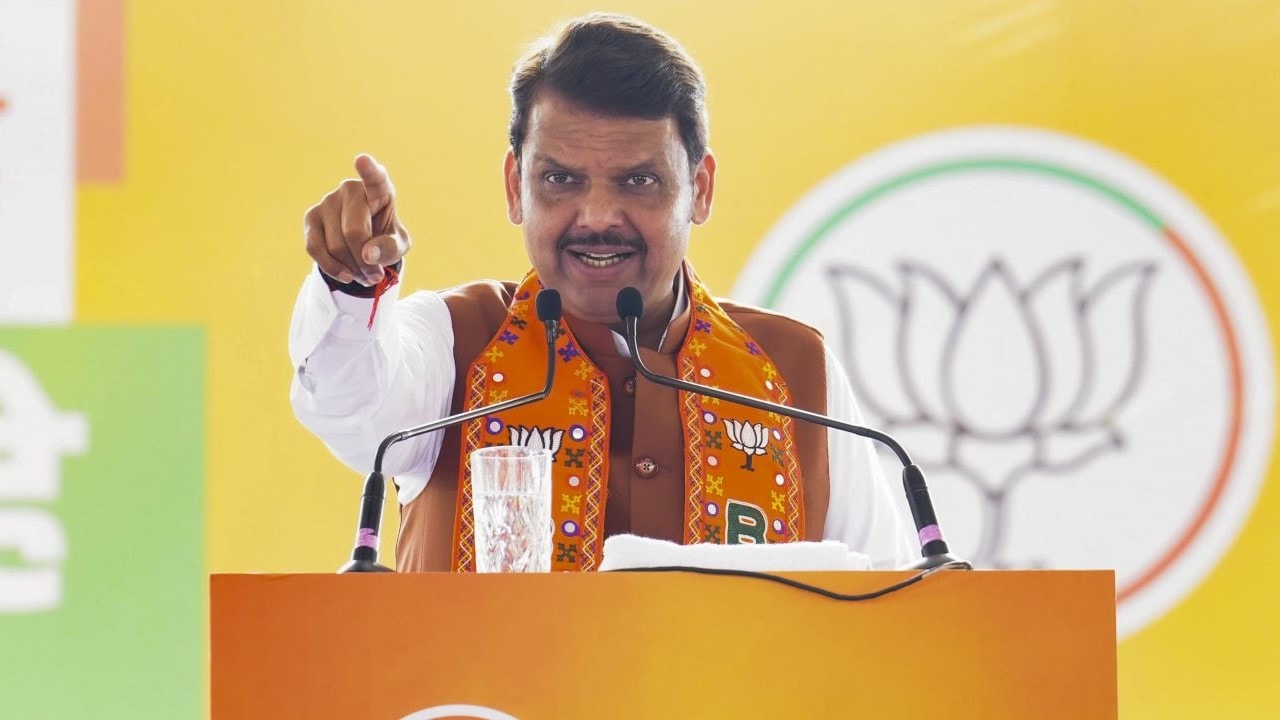

The Ladki Bahin Scheme, where the state paid women ₹1,500 per month, has been credited for the Mahayuti’s resounding victory. This scheme is likely to cost the exchequer ₹46,000 crore. This is more than 1% of the state’s GDP and far higher than the state’s budget for the entire agriculture sector of more than ₹35,000 crore.
According to a report by Emkay Global, Maharashtra spends 19% of its revenue on welfare schemes. 55% of the revenue goes into paying salaries and pension for government staff along with other interest costs. this leaves just 26% of the revenue to be spent on capital expenditure and other projects.
Madhavi Arora, Lead Economist at Emkay Global Financial Services, highlighted Maharashtra’s historically prudent fiscal management. Over the past decade, excluding the COVID years, the state’s fiscal deficit has rarely exceeded 2%, supported by a strong own-tax revenue-to-GDP ratio.
Read Here | Ladki Bahin Yojana: When to expect the December 2024 instalment?
However, she added that in the current fiscal year, the state has projected a higher fiscal deficit of 2.6% of GDP. This increase followed the introduction of the Ladki Bahin Scheme. So far, fiscal performance in the first half of the year appears manageable, partly due to constrained spending on capital and other revenue expenditures, aside from the scheme. Revenue streams have also been stable, suggesting the state could achieve its 2.6% target if current trends continue.
Further Arora stated that an increase in the scheme’s allocation to ₹2,100 per month would lead to a 40% rise in total allocation, raising its share of the state’s GDP from 1.1% to 1.3%. This escalation could intensify fiscal pressures, particularly if revenue growth stagnates. In such a scenario, capital expenditure might bear the brunt of budgetary adjustments.
Shweta Shalini, BJP spokesperson, emphasised Maharashtra’s significant contribution of 14-15% to the national GDP, attributing the state’s strong economic performance to its stable government and the leadership of Devendra Fadnavis.
She highlighted Maharashtra’s top position in attracting FII and FDI inflows, which bolsters its industrial sector.
Shalini also pointed to the government’s strategic focus on allocating 1.3% of GDP toward social schemes, while simultaneously driving initiatives to expand the industrial base, position Mumbai as a FinTech hub, and enhance the state’s revenue streams.
Read Here | Piyush Goyal says Mahayuti will be back in Maharashtra, promises increased Ladki Bahin payouts
In contrast, Atul Londhe Patil, Congress spokesperson, criticised the state’s recent economic trajectory. He noted a slowdown in GDP growth from 12-13% to 7.2% in recent years and raised concerns about revenue stagnation, rising revenue expenditure, and declining capital investment.
Londhe Patil also accused the central government of influencing the relocation of major projects, such as Vedanta and Foxconn, to BJP-ruled states like Gujarat and Madhya Pradesh, which he claimed has cost Maharashtra around ₹10 lakh crore in investments.
Additionally, he questioned the viability of the government’s promise to waive farm loans, suggesting it could impose further fiscal strain without proper assessment of feasibility.
Watch this video for more.
Also Read | Fadnavis unanimously elected as Maharashtra BJP legislature party leader, to take oath as CM tomorrow



